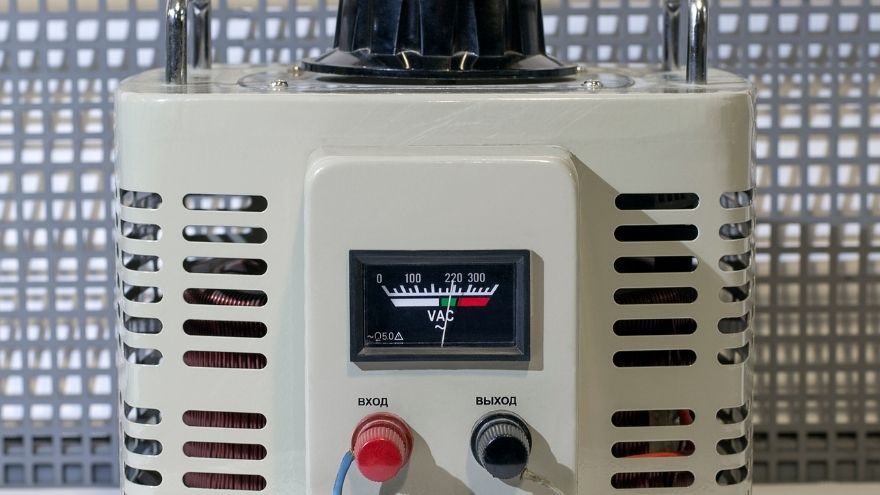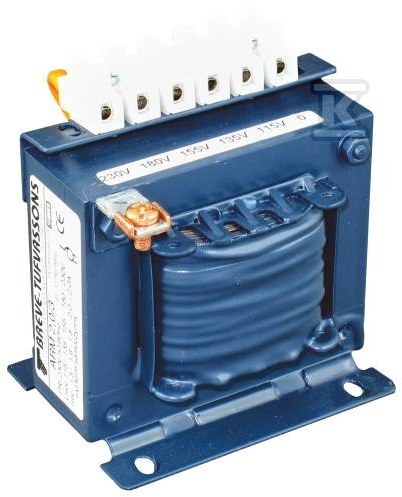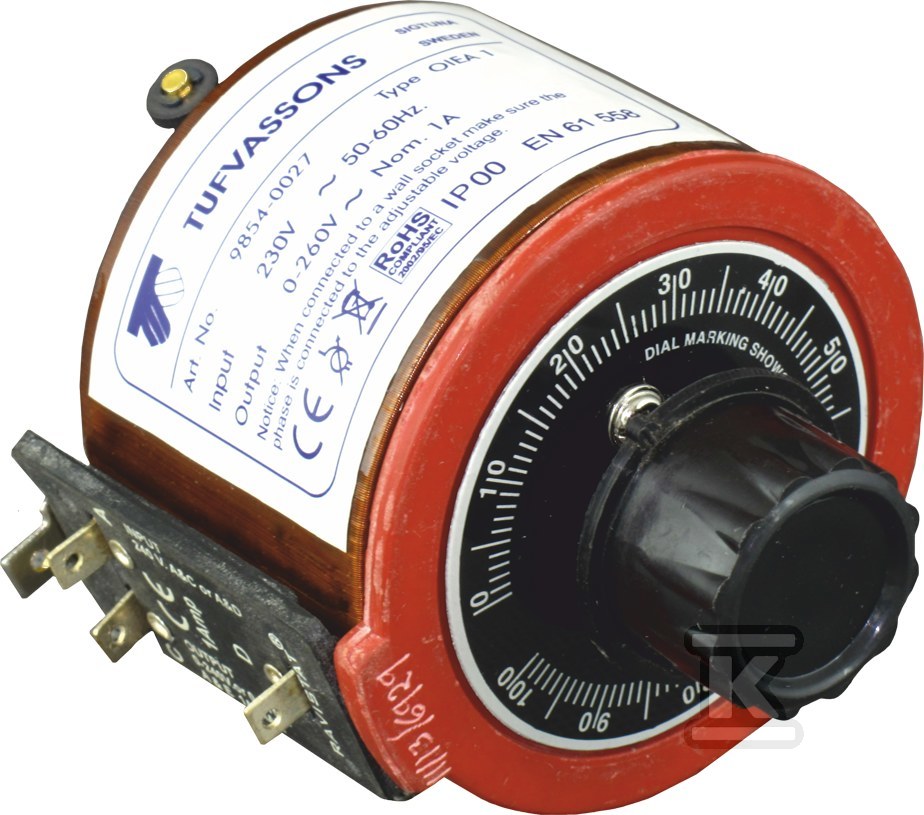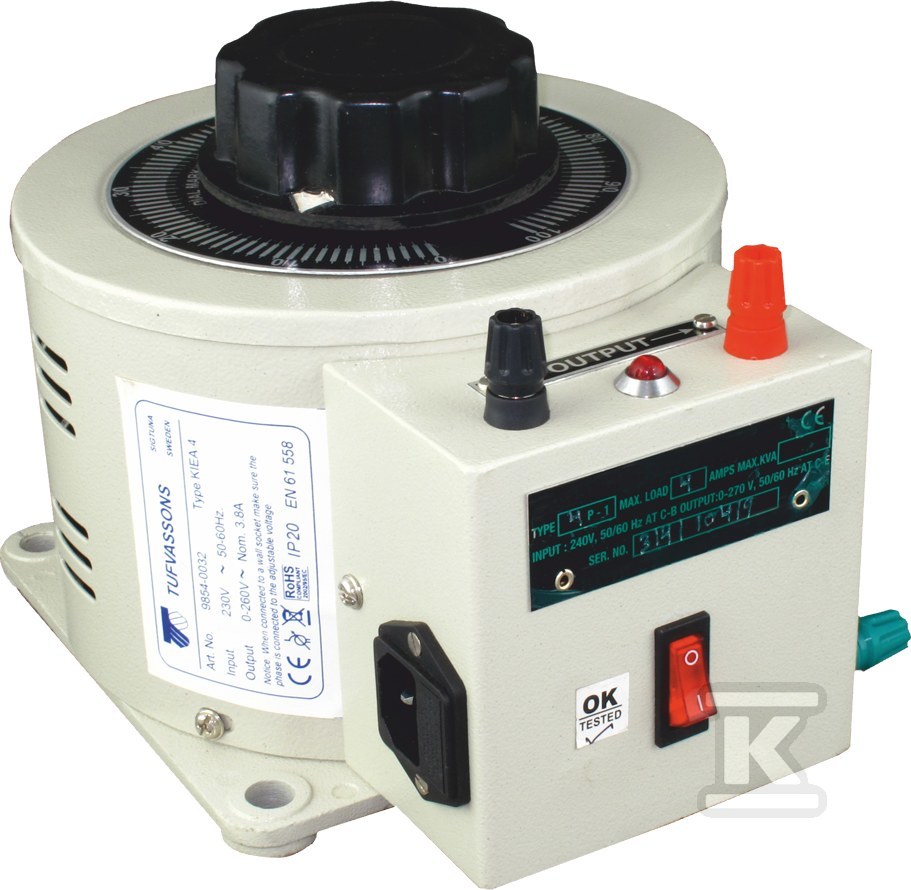Autotransformers are extremely important in modern electrical installations, where they have a very wide range of applications. They provide unique benefits compared to traditional transformers. This is largely determined by their design, in which the primary and secondary windings are connected into one coil. This means that autotransformers are characterized by lower energy losses while being more efficient. Because they are connected in this way, they are of great importance in situations where saving space, costs and materials is the most important thing. In the text below, we will take a closer look at this issue, explaining how an autotransformer supports electrical installations. We will also indicate the structural and functional differences between it and a classic transformer. We will also consider what type of device may be a better choice.

Check out autotransformers at the Onninen wholesaler
How does an autotransformer support electrical installations?
 An autotransformer is a device that plays a key role in many electrical installations, especially where efficiency, space saving, and cost minimization are important. Its distinguishing feature is its specific design, in which the primary and secondary windings are connected into one common coil. This allows for a reduction in the amount of conductive material needed. This design brings huge benefits, making power losses significantly lower than in a traditional transformer. At the same time, the device demonstrates higher efficiency.
An autotransformer is a device that plays a key role in many electrical installations, especially where efficiency, space saving, and cost minimization are important. Its distinguishing feature is its specific design, in which the primary and secondary windings are connected into one common coil. This allows for a reduction in the amount of conductive material needed. This design brings huge benefits, making power losses significantly lower than in a traditional transformer. At the same time, the device demonstrates higher efficiency.
It is no accident that autotransformers are used in installations where small voltage differences are required, for example to regulate voltage in the power grid or in industrial devices. Due to the smooth voltage transformation, they are often used in power supply systems for machines, laboratory equipment or lighting. Equally important, autotransformers are lighter and more compact, so their installation in places with limited space is easier.
The design of this type of transformer allows for easy adjustment of the output voltage, which increases their versatility. These advantages are important, but remember that the use of this transformer is limited in some cases, especially in installations requiring galvanic separation of circuits. Nevertheless, in most standard applications, the described transformer works flawlessly, significantly improving the operation of electrical systems.
What is the difference between an autotransformer and a traditional transformer?
Although both the autotransformer and the traditional transformer perform the function of changing the electrical voltage, they differ quite significantly in terms of construction and application. Classic transformers have primary and secondary windings completely isolated from each other, which ensures galvanic separation of circuits. This type of construction is crucial in installations that require safety and protection against various negative factors, such as short circuits, current surges or interference. This galvanic separation occurs in various types of transformers, such as pulse transformers, power transformers or toroidal transformers. The transformer core is also different here - ferrite core, steel core and toroidal core, respectively.
 In the case of an autotransformer, it is completely different, because the core is a common winding (the presence of primary and secondary windings). There is also no galvanic separation, as in the previously described transformers. The device is lighter, more compact, which affects greater energy efficiency and lower power losses. On the other hand, the lack of insulation between circuits can be a disadvantage in applications requiring electrical safety.
In the case of an autotransformer, it is completely different, because the core is a common winding (the presence of primary and secondary windings). There is also no galvanic separation, as in the previously described transformers. The device is lighter, more compact, which affects greater energy efficiency and lower power losses. On the other hand, the lack of insulation between circuits can be a disadvantage in applications requiring electrical safety.
There are also significant differences in the context of their application, because autotransformers work best in situations where the difference between the input and output voltage is small. They are therefore ideal for voltage regulation systems, such as lighting control. Traditional transformers, on the other hand, are designed for high-voltage applications, as well as industrial systems, where circuit isolation and maximum safety are most important.
In what installations is an autotransformer better suited than a transformer?
In summary, autotransformers are used in installations where energy efficiency is the most important. They are small in size and have low operating costs. Their construction makes them ideal wherever there are small voltage differences between input and output, for example in voltage regulation systems in power networks.
 They are also essential in power supply systems for industrial machines, heating devices, electric drives or laboratories, i.e. wherever smooth voltage regulation is essential. Compact size and lower weight allow them to be installed in limited space, for example in small control cabinets or mobile installations. Autotransformers are also very popular in home solutions, such as lighting control or powering devices with specific voltage requirements.
They are also essential in power supply systems for industrial machines, heating devices, electric drives or laboratories, i.e. wherever smooth voltage regulation is essential. Compact size and lower weight allow them to be installed in limited space, for example in small control cabinets or mobile installations. Autotransformers are also very popular in home solutions, such as lighting control or powering devices with specific voltage requirements.
Power supplies and transformers are not exactly the same as autotransformers, although they perform the function of changing electrical voltage. However, the differences between them are so large that they should always be remembered! The way a transformer and autotransformer works is of great importance in the context of matching them to a specific case in an electrical installation. This affects the supply voltage and the mains voltage, deciding to a large extent not only about reliability but also safety.